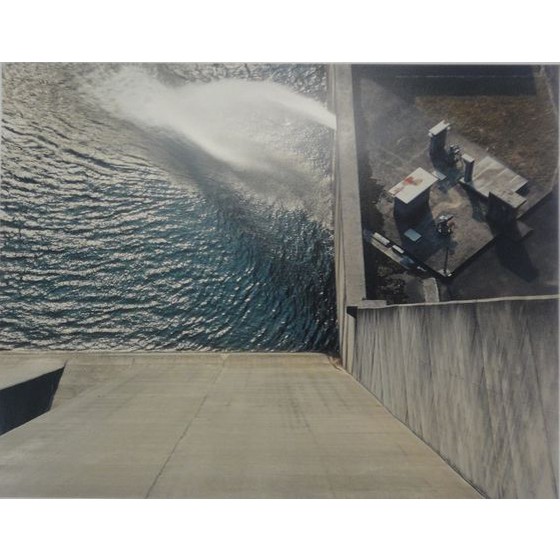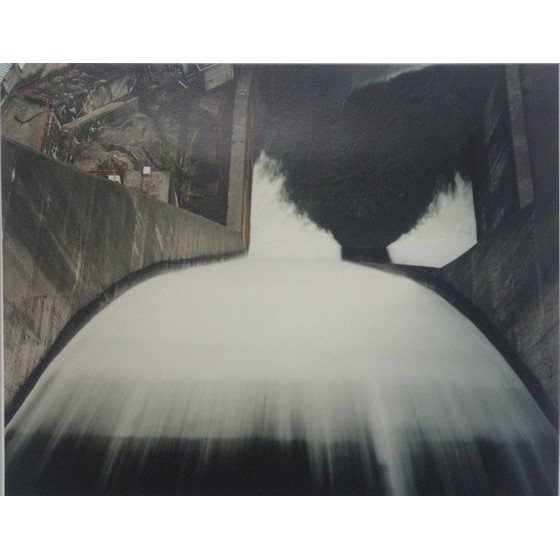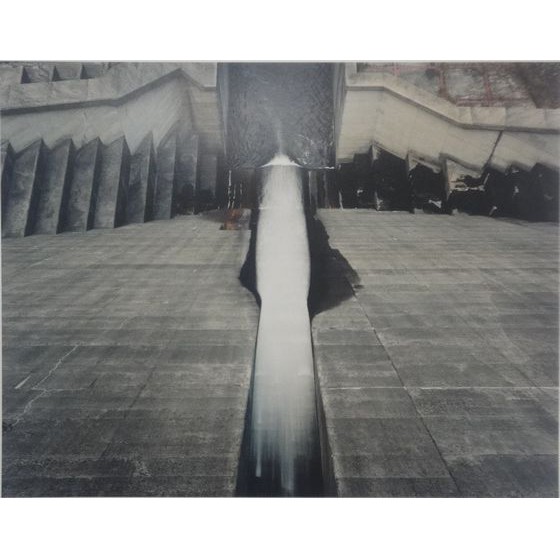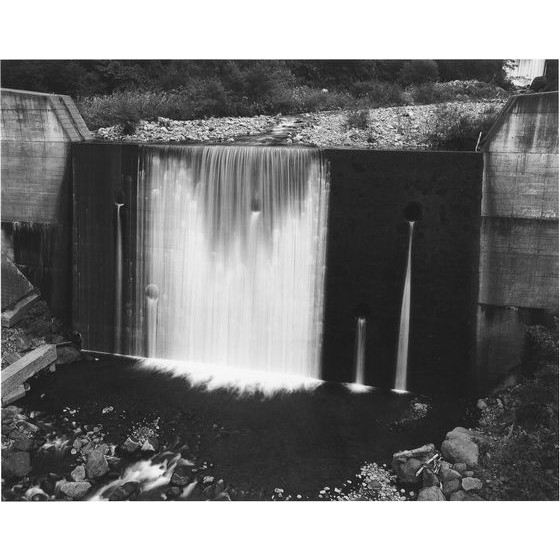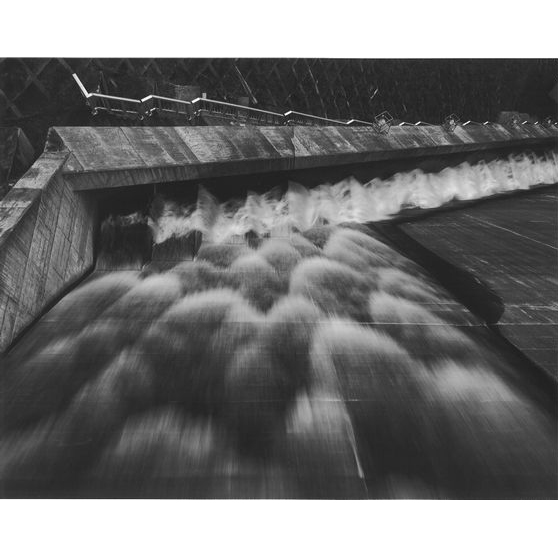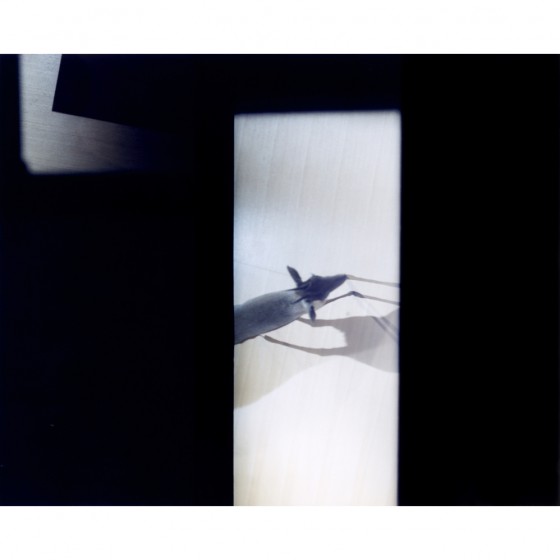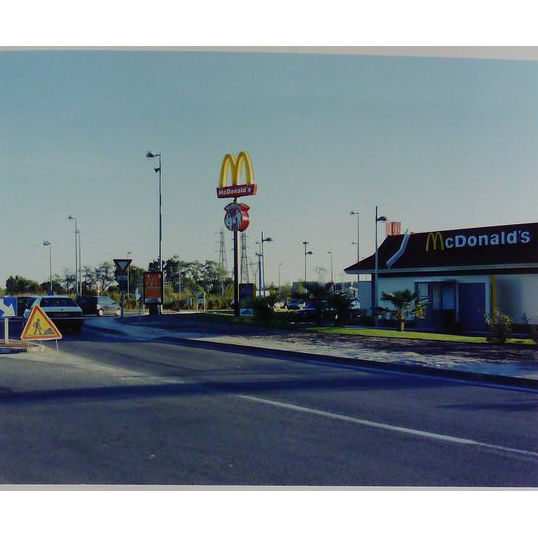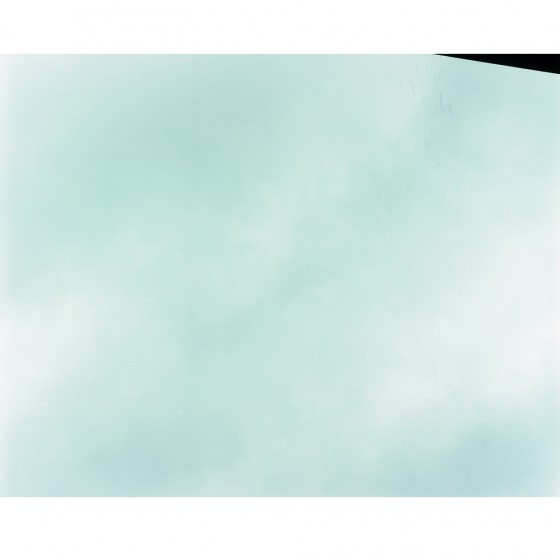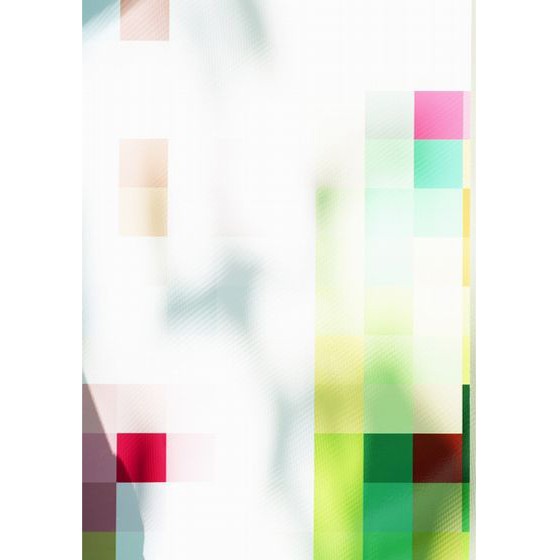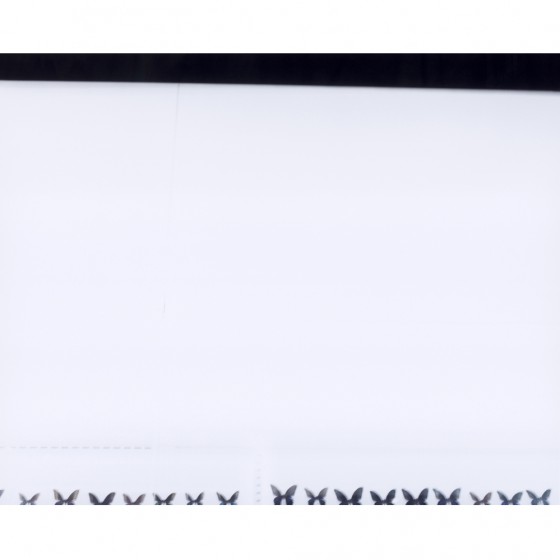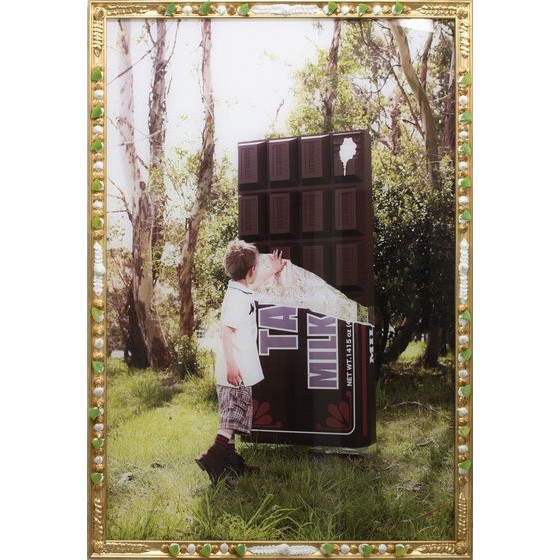a View
$1,440
Artist: Toshio Shibata
Size:?H10.9 x W14.4in (H27.8 x W36.5cm)No Frame
Image Size:?H9.6 x W12.0 in (H24.5 x W30.5 cm)
Year: 2009
Edition:?10
Medium:?C-print
Signed
Delivery Time:??2 weeks
Provided in the partnership with:Akio Nagasawa
Sceneries that we have past by
Shibata captures dynamic and powerful sceneries in a very meticulous way. Surprisingly, all of the photos were taken from places accessible to anyone. It means that we might have passed by these sceneries. In this series “a View”, both nature and artificial objects such as dams or concrete blocks are captured in one frame. It is not protesting against the destruction of the environment, but it depicts how all of the elements, such as water, grass, rocks, concrete blocks, guardrails or roads exist as a pattern in one image.
No nationality
The other interesting thing about his work is that nationality is not visible in his work. Among the 44 images in the photobook “a View”, 8 of them were taken in the US. However, it is hard to tell whether the photos were taken in Japan or the US. The image above was taken in Sakae Village, Nagano, 2005. As well as the nationality, we do not see any age in the photographs. We can not discern between an image taken in 1995 and one taken in 2007.
No manipulation
How he cut out the view is very tactical. Some images look like they were manipulated to create a 2 dimensional image which is very flat and like a designed graffic art. Lines created by concrete roads, grass, splashing water or stones are placed as if Shibata ordered. Of course, all of the images were not manipulated at all.
Toshio Shibata quoted as below;
I employ a particular kind of sensitivity for approaching landscapes and sceneries like still lives. It’s in way as if I was placing them right in the palm of may hand for examination. That’s why I never included the sky. Showing the sky would mean going back to depicting landscapes.
There are a few other things that I always keep in mind when photographing. Grasping the subject matter instantaneously, for example, and leaving the scene before beginning to think about the subject’s meaning.
I also avoid gathering too much information about the location of a shoot. Not letting knowledge affect the work is essential. And ultimately, I’m eradicating my own presence, as ideally I only exist as something that quietly releases the shutter between the film and the subject.
This is how I try not to charge my photographs with emotion, but present the subject matter plainly, as I believe that this method takes me to new and unknown areas that I can explore. I’m considering photography as a medium that involves these kinds of possibilities.
My works are sometimes classified as abstract photography. I am in fact keen to depict my subjects faithfully and without missing out the tiniest details, so this idea seems a little odd.
Abstractness in photography surely does not refer to superficial elimination imitating the characteristic presentational forms and features of abstract painting. On the contrary, I would rather say that it’s about a variety of connotations and possible interpretations evoked in the imagination from a distance that is created by depicting the subject matter in as plain and impassive a manner as possible.
View all works by Toshio Shibata
Tags: photograph,photobook, Akio Nagasawa









